
At the entrance to the Clinic of La Cruz there are a couple of moss green tents. At the beginning of the emergency in the country, the officials of the medical center borrowed them from Migration Center to attend people with respiratory symptoms. This was requested by the Ministry of Health when the first case of COVID-19 in the country was reported.
During the emergency, La Cruz had to quickly adapt to the particularities of its geographical location and the characteristics of its population. It is an area bordering Nicaragua, it has the main land border post in the country and is one of the 14 cantons with lag in social progress, according to the latest Cantonal Social Progress Index (IPS), published last year.
From one moment to the next, the Ministry of Health notified the health personnel of La Cruz that they should be in charge of testing the carriers that entered through Peñas Blancas. The decision was made after a carrier with COVID-19 entered the country and generated a cluster of at least 18 infections in the province (as reported by the government on May 9), including the first case in La Cruz.
We knew that the border population was, perhaps not neglected, but we did need to cover that part. And that was reflected when we had the first case here,” says Dr. Max Rojas, coordinator of emergency care for COVID-19 in the canton, in his office.
We talked with him on Thursday, May 21, about the testing process at the border and how the clinic is preparing for a possible migrant wave from Nicaragua.
“That has us mentally prepared and we have discussed it with the team. We know that it is not unreasonable to think that we could have a massive migration of Nicaraguans seeking care,” and he assures that this has happened when Nicaragua has faced a health crisis in the past, such as cholera and dengue.
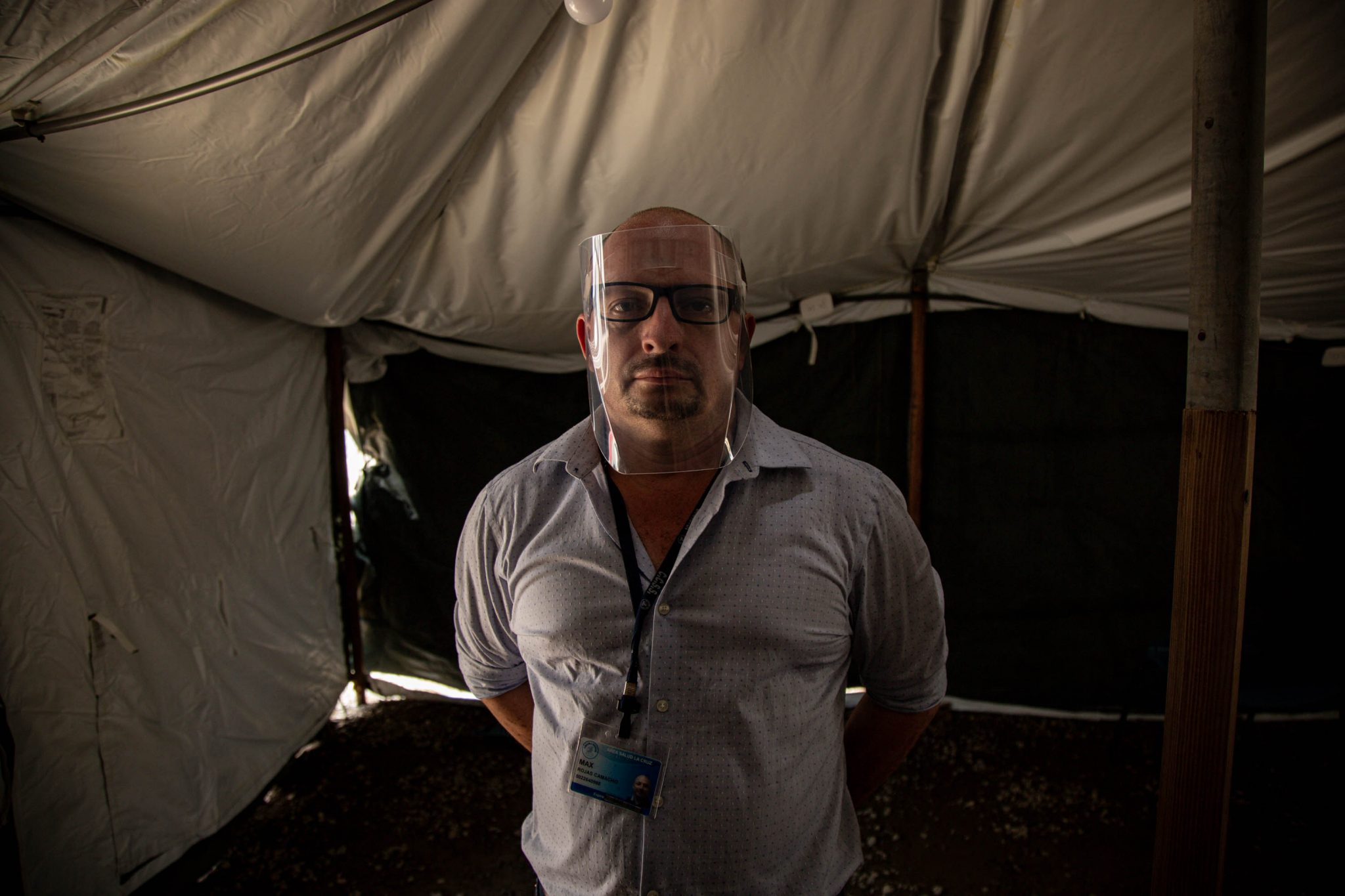
Inside one of the tents located on the border where healh personnel test carriers, Dr. Max Rojas says that the CCSS has given them the necessary supplies to operate, but acknowledges that they are not always sufficient. “Like everything, there are times when supplies run out.” There was a time when the staff ran out of N95 masks, he and part of the staff working there tell. At that time, they stopped the tasks and waited for them to arrive to continue screening. Photo: César Arroyo Castro
The Health Minister said at the conference on Wednesday, May 27 that the situation in Nicaragua is currently the most risky for Costa Rica in terms of handling the new coronavirus.
In the last week, the neighboring country reported a critical increase in confirmed cases of COVID-19, which went from 279 to 759, although the Citizen Observatory COVID-19 in Nicaragua (which has a parallel count) reported 2,323 cases and 465 deaths on May 20.
The World Health Organization (WHO) also indicated this week that Nicaragua is already in phase four, of community contagion. In other words, there are a large number of cases without an identified epidemiological link.
Although Dr. Rojas believes that the increase in the arrival of Nicaraguan migrants has not yet been seen, but does say that they plan to prepare.
“Since the start of the pandemic, we had already measured that we could have a massive income of people, that perhaps by not receiving care there, they would come here. We have contemplated some strategies for that, because we know that it is nothing outlandish to think that we could have a massive migration of Nicaraguans seeking care,” explained Dr. Rojas.
“We made the decision that every patient who came from a country with a lot of circulation of COVID-19, would be seen as symptomatic, no matter what he brought. If there is any suspicious case and he communicates it to us, whether it is Borders Police or Immigration Police, or who corresponds, then we ask the person to stay where he is and we come and sample him. We check him, take signs and see if he has any criteria for hospitalization,” he added.
With Nicaragua that is the dynamic, and since we are constantly meeting all the institutions, it is already a discussed thing. It would no longer take us by surprise because we know that the matter could come from there,” the doctor also said.
La Cruz as containment of the crisis
The dramatic situation in the neighboring country alerts the authorities of the different institutions of the country. For example, the Minister of Security, Michael Soto says that daily the police forces encounter about 200 people trying to enter the Costa Rican territory illegally through the northern border. In total, the authorities have rejected the entry of 12,782 people at the northern border, since the border restriction measures began.
The deputy chief of the immigration police, Alonso Soto, assured that they have permanent surveillance in the blind spots, and even in the properties of the border houses.
“There you will find what is the border mile or the biological border corridor. It is a land that in fact belongs to Sinac (…). There are some steps where we can maintain as much vigilance as we do the patrol tours without having to enter any of the places where these people maintain possession of the land,” he said.
The border situation and the handling of the pandemic in Nicaragua put La Cruz on a thin thread, before the abyss of a crisis. For this reason, Mayor Alonso Alan believes that the canton is a “priority” in handling the emergency.
Right now, La Cruz is almost a security capital of the country (…) We are the containment of what we are experiencing at the moment.”
Tests that don’t arrive
Since March 25, when the pandemic was just beginning in Costa Rica, Health Minister Daniel Salas emphasized the need to decentralize the tests to detect COVID-19, especially in places where “the phenomenon [of contagion] is happening”.
The Social Security (CCSS) reaffirmed that same commitment on April 13. Active cases continued to rise in the province until reaching the highest peak of the entire pandemic, but the tests did not reach Guanacaste due to “supplier logistics issues,” said Dr. Mario Ruiz, manager of the CCSS, at the conference of May 14.
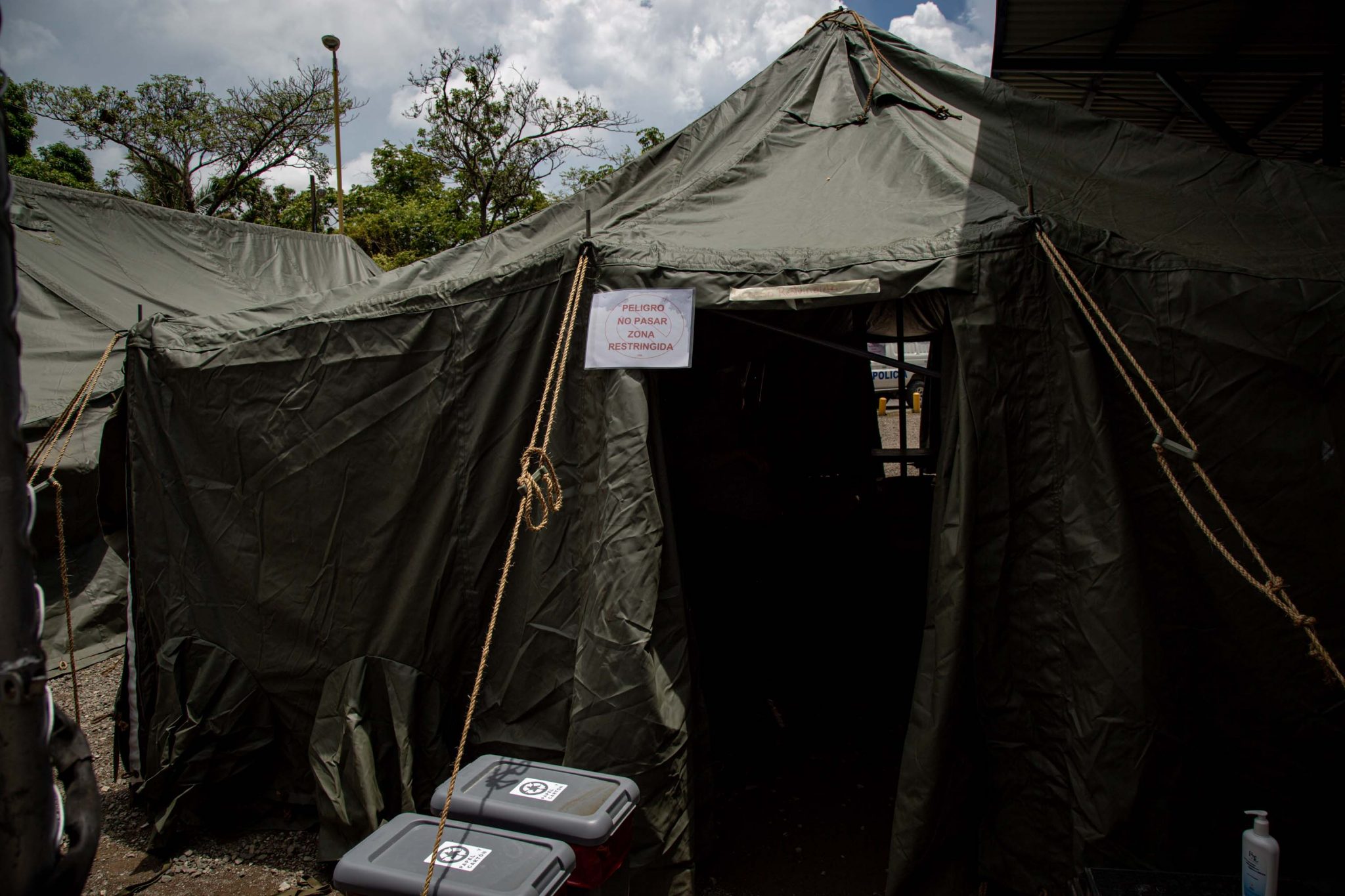
The health personnel of La Cruz clinic took 1,241 samples in one of these tents. Sometimes a member of the health staff suffered from heat stroke and had to return to the rest area, said Dr. Yesenia Álvarez and nurse Rossi Carvajal. It was not for less: the use of personal protective equipment and the heat produced by the tents were added to the high temperatures in La Cruz, which so far in May ranged between 21 and 34 degrees Celsius, according to data of National Meteorological Institute (IMM). Photo: César Arroyo CastroPhoto: César Arroyo Castro
The directors of the Liberia and Nicoya hospitals, Marvin Palma and Anner Angulo, confirmed to The Voice that, at the time of publishing this article, the tests have not yet reached their medical centers. “The CCSS is in the process of buying and looking for the country that can sell the tests to the institution,” said Angulo.
Recently, the CCSS received a donation of 10 equipments and 15,743 tests for the regional detection of COVID-19, but Guanacaste did not benefit either. The donation was made by the North American Costa Rican Chamber of Commerce (AmCham), the Business Development Alliance (AED) and the Costa Rica United States of America Foundation for Cooperation (CRUSA).
The institution placed them in the health areas of Los Santos, Puriscal, Acosta, Paquera, Siquirres, Corralillo, Upala, Chomes-Monteverde, Guatuso and the National Rehabilitation Center.
The companies will donate 60 more machines and, according to the CCSS, they do plan to send them to border areas. “The final list of places where they will be placed will depend on the equipments’ entry into the country.”
The lack of kits in the province led the Ministry of Health to look for solutions to speed up the results of the tests to carriers. The Ministry of Public Security loaned planes to Health to send the samples to San José. Each flight cost approximately $ 500.


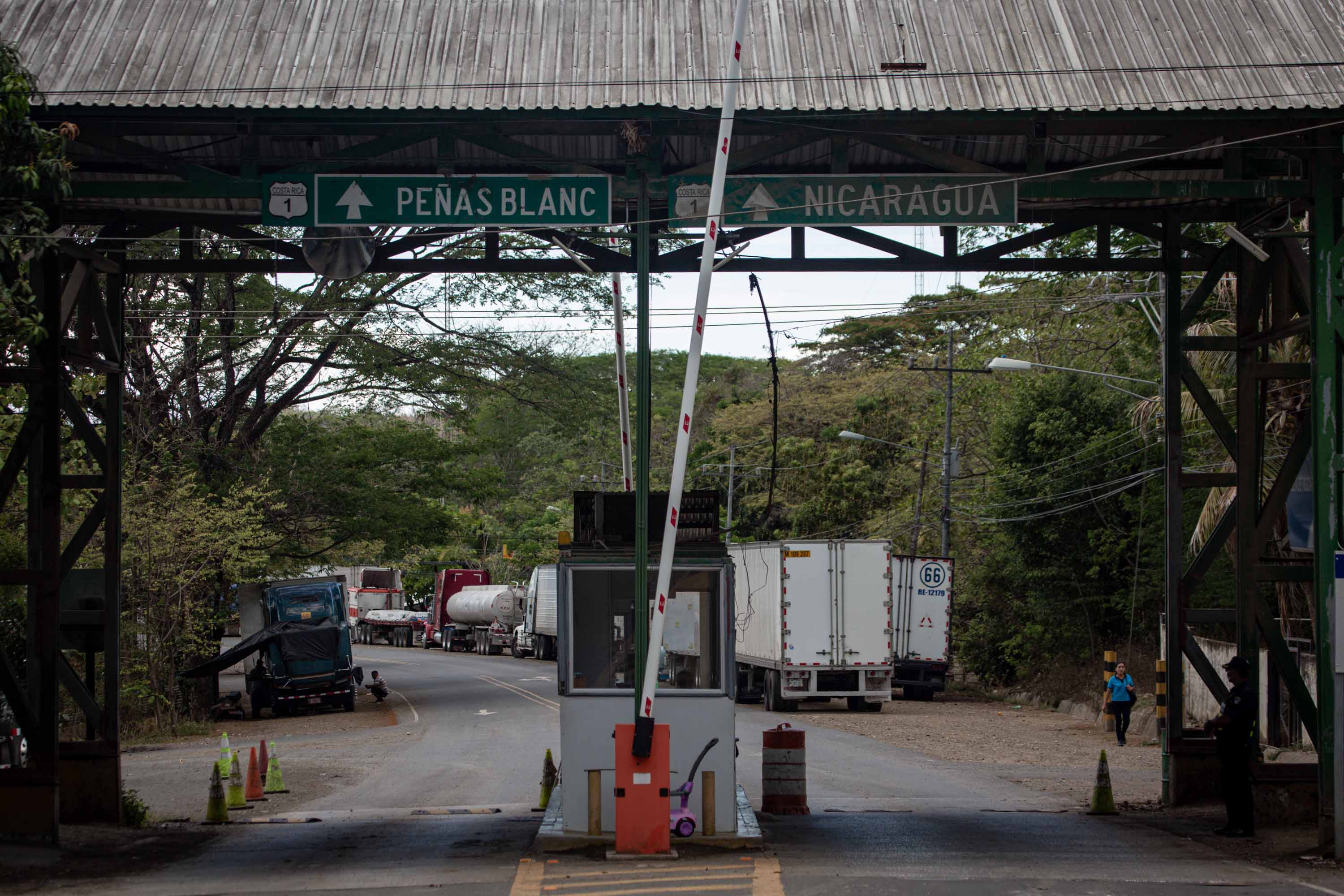
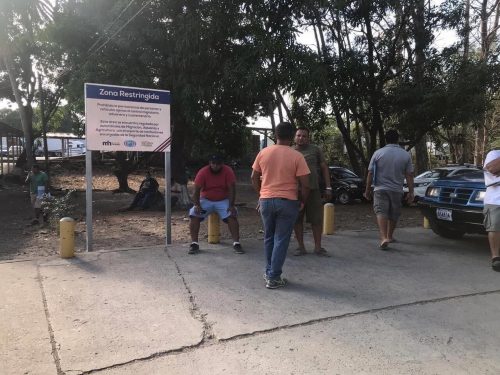
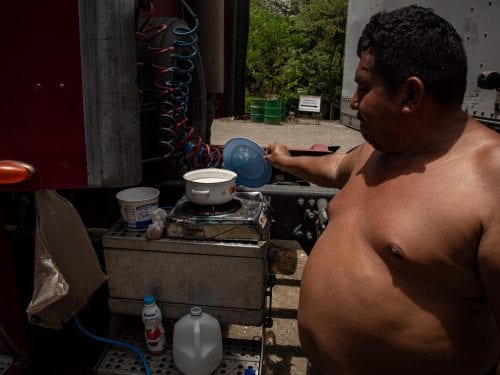
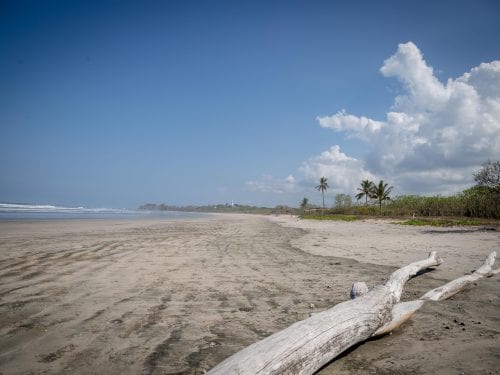

Comments